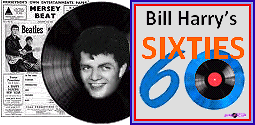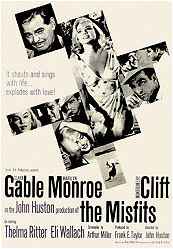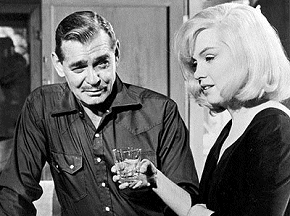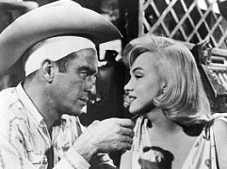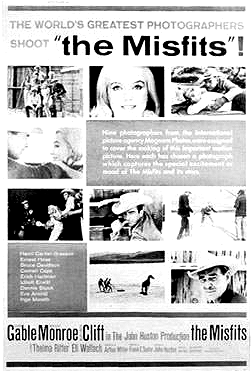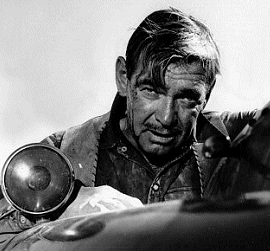|
THE
MISFITS
Did This Film Kill Clark Gable? |
by
Bill Harry
|
|
Many myths have grown around ‘The Misfits’, the most expensive
black and white film to be made at the time, which was originally
believed to be ‘the ultimate film’, with a script by Arthur Miller,
direction by John Huston together with stars such as Marilyn Monroe,
Clark Gable, Montgomery Clift and with supporting roles by Eli
Wallach and Thelma Ritter. As it turned out, the film was not a critical success and most of the publicity centred on the immense personal problems of all concerned. With Marilyn’s lateness, dependence on drugs, the depression of her doomed affair with Yves Montand and the break-up of her marriage with Arthur Miller. |
 |
